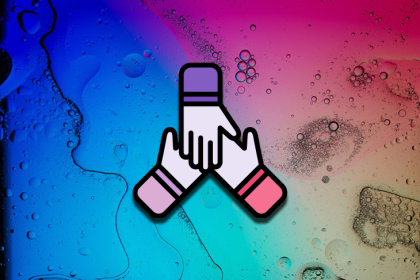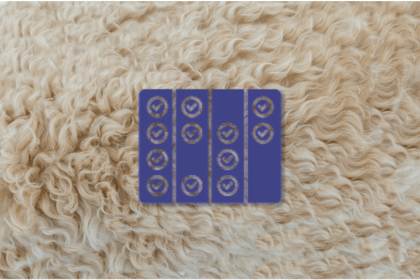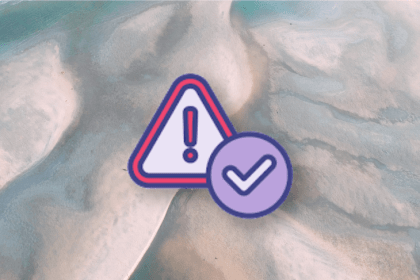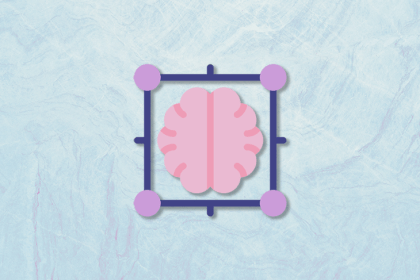
Fostering an experimentation culture tends to be a lot harder for bootstrapped companies than for companies who can afford to take the risk.

A Kanban visualizes work and work status to create transparency between development teams and the rest of the organization.

The iterative process involves building out a new feature or function for the product one step at a time to maximize resources.

Lean Six Sigma is a data-driven methodology designed to help you identify and eliminate process inefficiencies while reducing variation and enhancing quality — all with an eye towards achieving operational excellence.

Observability provides insights into the performance of your product based on the logs, traces, and metrics generated by your systems.

Application performance monitoring (APM) empowers you to make informed decisions that enhance overall user satisfaction and ultimately boost your bottom line.

A project proposal helps answer the burning questions on stakeholders’ minds like “Why should we build this?” or “How does it benefit our customers?”

It’s way too common for product managers to try to fight churn without understanding what type of churn they’re dealing with.

Management by objective is a style of leadership that empowers teams and individuals by setting goals collaboratively.

Analysis paralysis occurs when the decision-making process gets bogged down by the inability to make a decision.

The OODA loop strategy is a decision-making process designed to facilitate quick and efficient problem-solving before your competitors can.

Effective market segmentation ensures that products are highly personalized and tailored for specific customer segments.